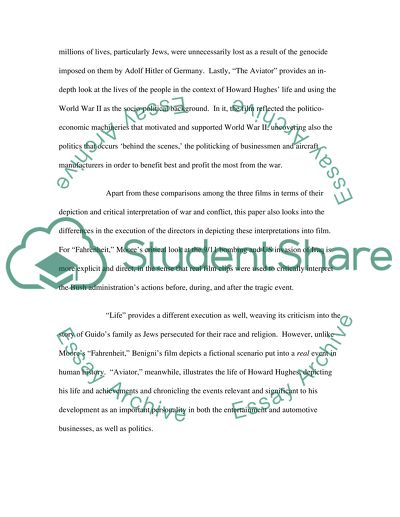Cite this document
(“Documentary Realism in Films Movie Review Example | Topics and Well Written Essays - 1500 words”, n.d.)
Retrieved from https://studentshare.org/history/1514145-documentary-realism-in-films
Retrieved from https://studentshare.org/history/1514145-documentary-realism-in-films
(Documentary Realism in Films Movie Review Example | Topics and Well Written Essays - 1500 Words)
https://studentshare.org/history/1514145-documentary-realism-in-films.
https://studentshare.org/history/1514145-documentary-realism-in-films.
“Documentary Realism in Films Movie Review Example | Topics and Well Written Essays - 1500 Words”, n.d. https://studentshare.org/history/1514145-documentary-realism-in-films.


